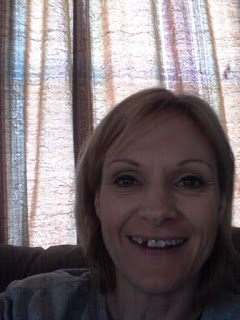Transcutaneous Bilirubin - A Nice Idea, Maybe Not So Accurate - AAP News
Transcutaneous bilirubin measurements are convenient, but how much accuracy are you willing to give up for convenience?
Source: Olusanya BO, Imosemi DO, and Emokpae AA. Differences between transcutaneous
and serum bilirubin measurements in black African neonate. Pediatrics. 2016;138(3):e20160907; doi:10.1542/peds.2016-0907. See AAP Grand Rounds commentary by Dr. Jonathan Mintzer (subscription required).
The authors of this study, performed on African newborns in Nigeria, found that transcutaneous bilirubin (TcB) measurements, compared to total serum bilirubin (TSB) concentrations, often overestimated bilirubin levels. It was pretty impressive: in the population of over 1500 infants and over 2000 measurements, TcB overshot by at least 2 mg/dL in about two-thirds of the babies, and by at least 4 mg/dL in about one quarter. That's a lot of unnecessary treatments, if therapy were instituted based on TcB alone. Underestimation, a potentially more dangerous scenario since it puts a child at risk for kernicterus, thankfully wasn't as common, with underestimations of at least 2 mg/dL occurring in about 1%. The inaccuracy depended a bit on the brand of bilirubin instrument used but was not altered by racial group, a surrogate for skin color, but there were no white infants in the study.
Although I try not to get too hooked on statistical discussions in my posts, I think readers would be interested to know about the Bland Altman methodology used in this study. It is a standard methodology often used in clinical chemistry to compare accuracy of 2 different quantitative tests. Basically it is a plot of (in this instance) the difference between TcB and TSB plotted against TSB. I was most interested in this answer, because accuracy of analytical methods often will vary, particularly at the extremes of measurement. I wanted to know if most of the problems were at the lower end of TSB, which would have less clinical impact compared to mid or upper range inaccuracies. On instrument tested had only modest problems with overestimation in the low to mid-ranges (i.e. TSB less than 5 to around 10 mg/dL), but then underestimated at TSB above 15 mg/dL. The second, less accurate instrument overestimated throughout the TSB range, but worst in the middle ranges.
Clearly TcB instruments should not be used as stand-alone bilirubin measurements. The 2004 AAP hyperbilirubinemia guidelines caution about TcB, and this current study reinforces those concerns.
Copyright © 2016 American Academy of Pediatrics

Comments
Post a Comment